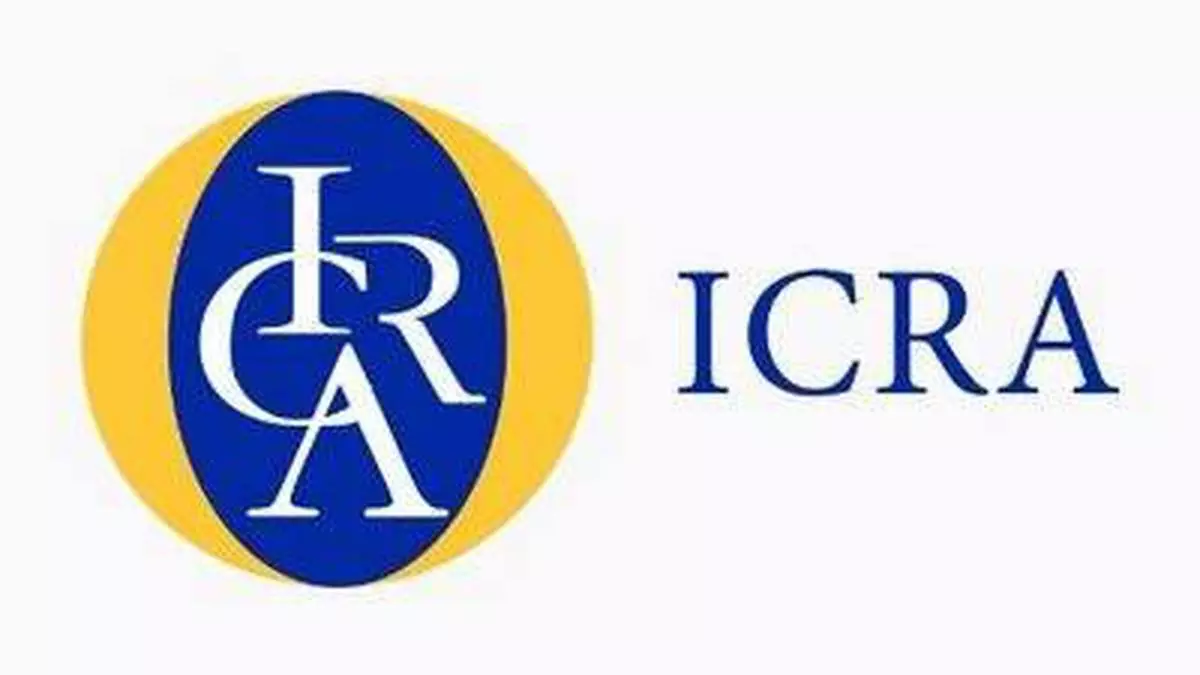ICRA revises banking sector outlook to ‘stable’ from ‘positive’
ICRA has revised the banking sector outlook to “stable” from “positive” on the expectation of moderation in credit growth and profitability metrics. However, these two metrics will continue to remain healthy.
The risks to the stable outlook include economic shocks, regulatory changes, higher interest rates, higher operating expenditure and expected credit loss (ECL) framework.
The challenges in mobilising deposits, high interest rates and the increase in risk weights will slow down the pace of credit growth to 11.6-12.5 per cent in FY25 from 16.3 per cent in FY24, per a report put together by Karthik Srinivasan, Senior Vice President; Anil Gupta, Senior Vice President; and Sachin Sachdeva, Vice President.
Growth rate for FY24 excludes impact of HDFC merger; growth rate for FY25 includes HDFC merger impact in FY24.
Increase in risk weights by the RBI in November 2023 towards lending to NBFCs and consumer credit is likely to slow down the pace of growth towards these segments, ICRA’s BFSI team said.
While the compression in the interest margins over the last 18 months has been driven by rising deposit cost, the expectations of a rate cut in H2 FY25 could lead to margin pressure, driven by a likely downward repricing of advances, per the report.
“Notwithstanding the margin compression, the growth in loan book shall translate into steady operating profits, aided by benign credit costs. ICRA expects this to drive healthy earnings, that will largely be sufficient for most banks to meet their regulatory as well as growth capital requirements,” the BFSI team said.
ICRA expects internal capital generation to meet growth needs of most banks in FY25. Some banks may choose to take lower provisions on incremental slippages, amidst narrowing of lending spreads, it added.
The agency referred to Banks’ profitability dipping marginally in Q3 FY24, given compression in NIMs (net interest margins) and higher operating expenditure.
For example, the core operating profit/average total assets for public sector banks (PSBs) and private sector banks (PVBs) declined to 1.4 per cent (from 1.6 per cent in Q2FY24) and 2.7 per cent (from 2.9 per cent).
The agency sees fresh NPA (non-performing asset) generation to rise gradually but to remain controlled. Headline asset quality metrics, however, will continue declining in FY25.
ICRA expects banking sector’s gross NPAs and net NPAs to decline to multi-year lows in FY25 to 2.1-2.5 per cent (from estimated 3.0 per cent in March 2024) and 0.5-0.6 per cent (from 0.7 per cent in March 2024).
The agency noted that gap between credit and deposit growth is narrowing. As of March 2024, credit and deposit growth were at 16.3 per cent (16.6 per cent as at July 2023) and 12.9 per cent (12.7 per cent), respectively.
The agency estimated the credit to deposit ratio (CD ratio) for the banks to have increased to 78 per cent (excluding the merger of HDFC) as on March 22, 2024, the highest since December 21, 2018 (77.9 per cent) and much higher compared to 75.7 per cent as on March 24, 2023, and 71.9 per cent as on March 25, 2022.
This will pose significant challenges for the banks to pursue credit growth as their on-balance sheet liquidity has been deployed towards strong credit growth during the last two years. The agency sees CD ratio remaining elevated at over 80 per cent (including HDFC merger) at the sector level in FY25, even though some of the private banks may see a decline, while some of the public banks may see an increase in their CD ratio.
Sachdeva said, “With elevated CD ratio, the competition for deposit mobilisation is likely to remain high even during FY2025, which will limit the banks’ ability to cut their deposit and lending rates. Amid this, if the policy rates are cut, it will pose significant challenges to banks’ net interest margins (NIMs).”
ICRA assessed that term deposits remain pricey and CASA (current account, savings account) at multi year lows.
